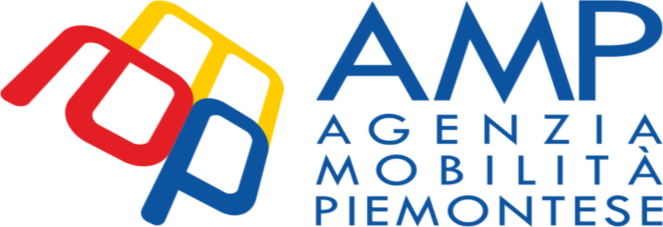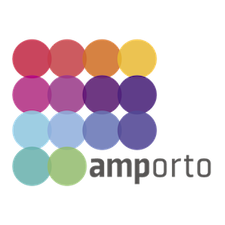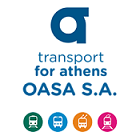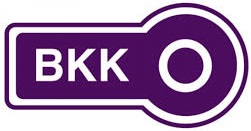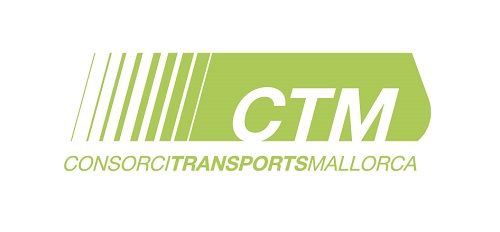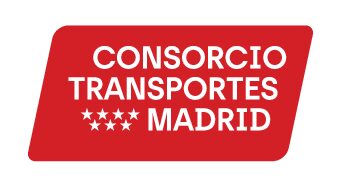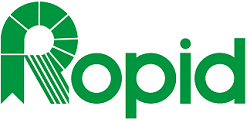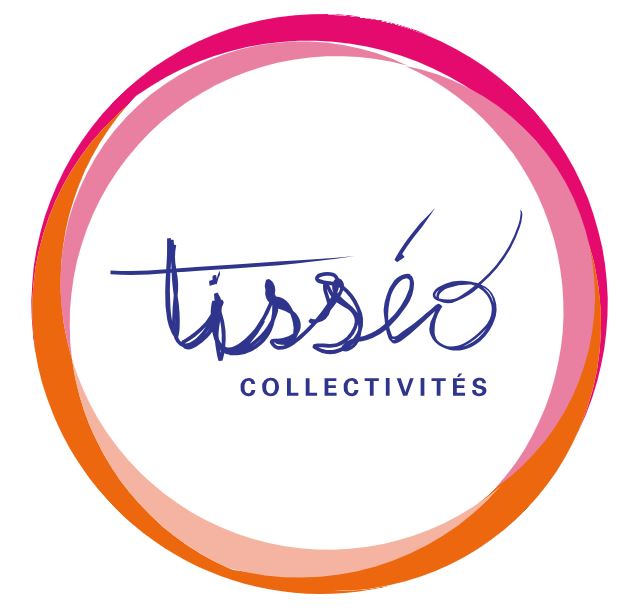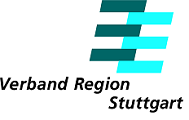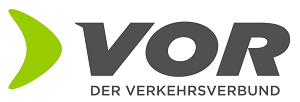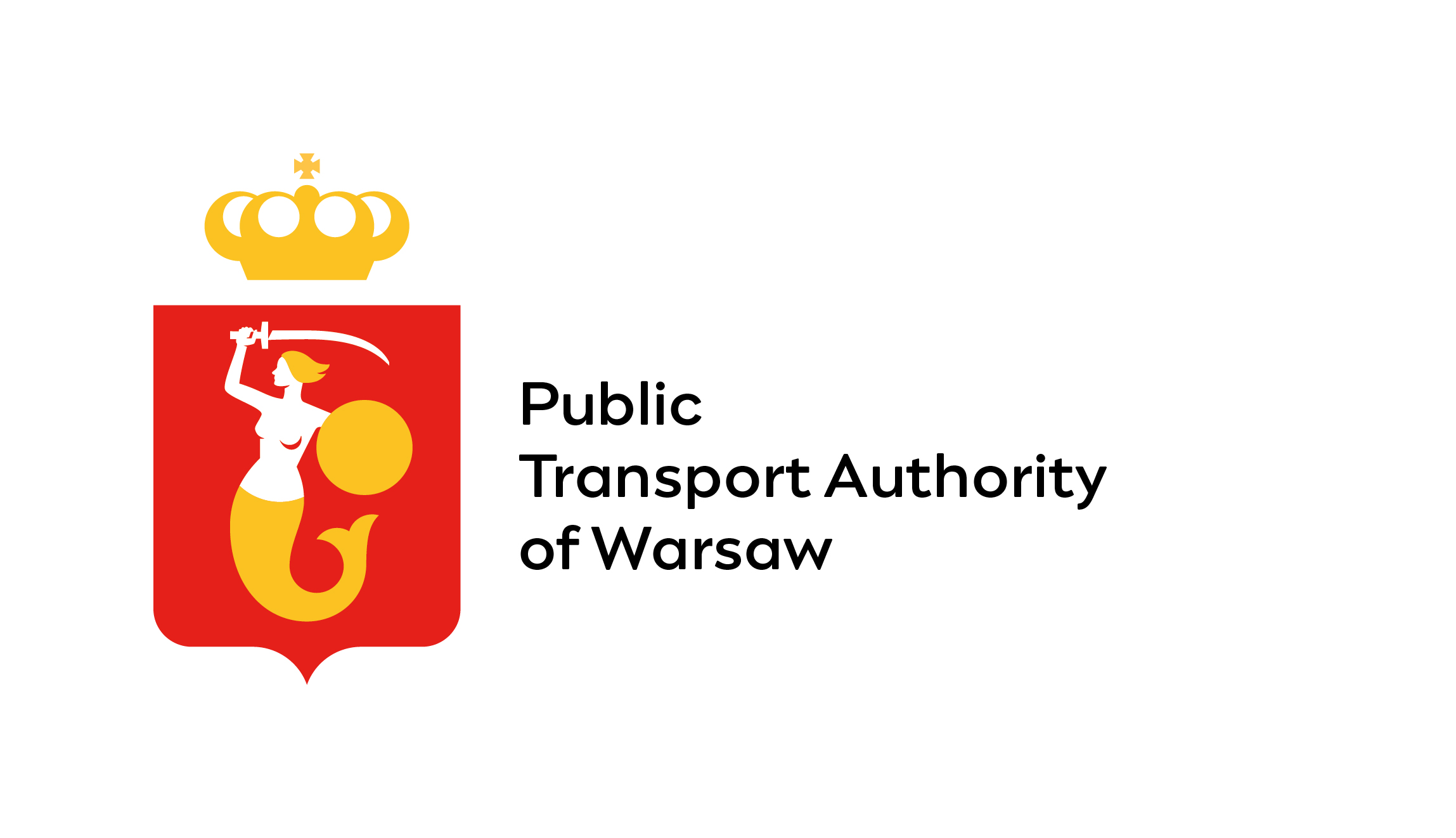Latest changes on emta.com
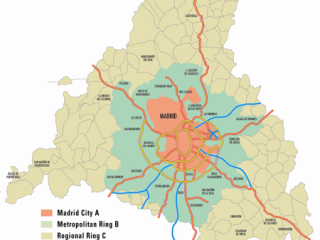
Identification of metropolitan area
Description of metropolitan area Madrid is the capital of Spain located in the centre. Madrid has together with 178 surrounding municipalities a regional Parliament and Government, ‘Comunidad de Madrid’ : Madrid City (Zone A), The metropolitan ring, consisting of closely linked mediumsized and large municipalities, located in the metropolitan area immediately around the city of

Financing/Pricing data
Supply/demand data 2019 The demand for public transport in 2019 was in the order of 1,600.7 million journeys. The average of 240.2 journeys per inhabitant places Madrid Region among the most frequent public transport users, both in Spain and Europe. Fares There are 8 fare zones in Madrid Region, two of them are out bounds

Public transport networks
Description of the Network : the metro: 4 lines, including one fully automated line and one rack rail line, 73 carriages, 42 stations and 29.4 km of track; the funicular: 2 lines, 4 carriages and 1.2 km of track; -* the tram: 4 lines, 73 carriages, 81 stations and 48,3 km of track; buses and
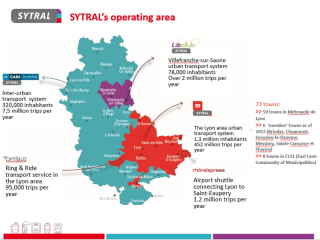
Identification of metropolitan area
Main figures : 1.8 million inhabitants
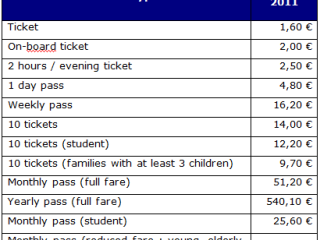
Financing/Pricing data
Fares SYTRAL’s fares policy is founded on the principles of equity and accessibility. Customer loyalty is a top priority. In January every year, TCL raises its fares in line with inflation. Funding of public transports in 2011 The income comes from four sectors: Transport Tax paid by employers based on payroll (38%), customer receipts (28%),
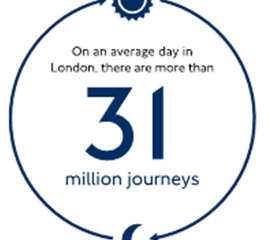
Public transport networks
What we do We are London’s integrated transport authority. We implement the Mayor’s Transport Strategy to keep London moving, working and growing and make life in London better. We are funded by fare and tax payers and by commercial revenue from property and advertising. Every penny of our income is reinvested in transport. Our customers

Identification of metropolitan area
London has had a directly elected Mayor and an Assembly (who together form the Greater London Authority) since 2000. The Mayor has executive responsibility, while the Assembly’s main role is to scrutinise the Mayor’s actions and agree budgets. The Mayor is responsible for developing a Transport Strategy for London, alongside a number of other strategies,

Financing/Pricing data
Funding of public transport Total sources and use of funds, TfL Budget 2020/21 Fares Information on fare levels and moving around London can be found on this webpage. Our purpose Keep London working and growing and make life in London better London is a fast growing city, with the population growing by 20 per cent to
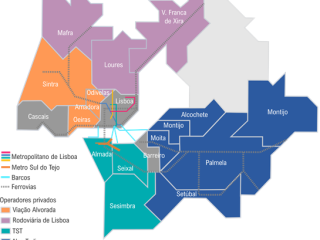
Public transport networks
The supply In what concerns public transport modes and operators, AML is served by: a train network that links Lisbon city centre with some of the other AML municipalities and with the rest of the country operated by two operators, one private and one public; 2 metro networks, one in the centre of Lisbon with

Identification of metropolitan area
The Lisbon Metropolitan Area (Área Metropolitana de Lisboa – AML) encompasses 18 municipalities located in the Lisbon and Setúbal districts: Alcochete, Almada, Amadora, Barreiro, Cascais, Lisboa, Loures, Mafra, Moita, Montijo, Odivelas, Oeiras, Palmela, Seixal, Sesimbra, Setúbal, Sintra, Vila Franca de Xira. It has a population of 2.8 million inhabitants (2018) on a territory with 3015
